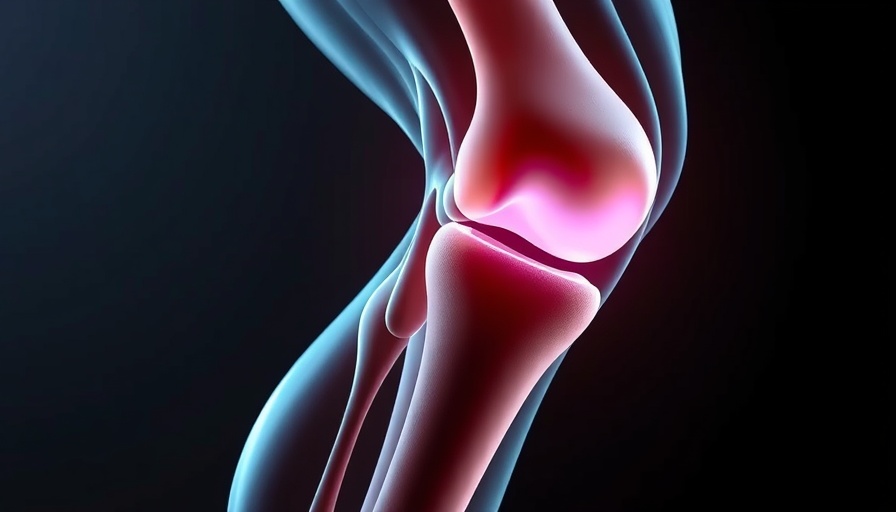
Small Changes Can Make a Big Difference
In an era where many people rely on medications to manage chronic pain, a remarkable study from researchers at the University of Utah has unveiled a simple yet transformative approach to combating osteoarthritis. As many as 25% of adults over the age of 40 experience significant discomfort due to this condition, which wears down the cartilage in joints, often leading to surgery. However, a minor adjustment in walking style—specifically, foot angle—might be the key to delaying such surgeries for years.
Discovering a New Approach to Pain Management
This extensive study explored how gait retraining—essentially modifying the angle at which individuals walk—can ease osteoarthritis pain effectively, rivaling traditional medication without the risk of side effects. Conducted through a randomized control trial with a year-long duration, participants engaged in a meticulous process of gait analysis using pressure-sensitive treadmills and motion-capture technology. This personalized approach differed from previous, overly generalized studies on walking patterns, proving crucial for successful interventions.
Why This Discovery Matters
With osteoarthritis being a leading cause of disability, innovative methods like gait retraining present a much-needed alternative to narcotics and eventual joint replacement. For countless individuals burdened by frequent pain, this approach not only promises relief but also protects against progressing cartilage damage—a hopeful scenario for accident victims and those with back injuries.
The Science Behind Gait Retraining
To understand how such a small adjustment can yield significant benefits, it’s crucial to grasp the relationship between knee load and joint health. This study, published in The Lancet Rheumatology, highlights that alterations in the foot angle can substantially reduce stress on the knee, effectively slowing deterioration while managing pain. Scott Uhlrich, who co-led this groundbreaking research, emphasized the importance of personalization in gait adjustments; a one-size-fits-all approach often fails to yield positive results for everyone.
Personal Stories of Impact
While the clinical findings are certainly exciting, the real impact of this research resonates on a personal level. Imagine a retiree who regularly participates in community walks or a local athlete struggling to join their peers for a friendly soccer match—both might now see a new path forward, free from debilitating joint pain. Uhlrich's work could enable such individuals to rediscover lost activity, enriching their daily lives without the burdens of heavy medications or surgeries.
Looking Ahead: Implications for Future Treatment
As we consider the implications of this study, the excitement extends beyond immediate pain relief. Health practitioners are challenged to integrate gait assessment into routine osteoarthritis management—an appealing prospect emerging from this research. A future where many can avoid debilitating surgeries could become a reality, highlighting the significance of biomechanical interventions in the medical field.
A Call to Action for the Community
For readers grappling with chronic pain, either from osteoarthritis or injury, exploring the possibility of gait retraining could be a life-changing endeavor. As with any new treatment, consulting with your healthcare provider to discuss the potential benefits and risks is essential. By taking action and seeking out gait analysis programs, individuals may find themselves on a crucial pathway toward improved mobility and quality of life.
Conclusion: A Shift Towards Empowerment
The findings of gait retraining rekindle hope for many suffering from osteoarthritis—particularly among accident victims or those dealing with back injuries. This approach represents a significant leap forward in how we understand and treat joint pain. With newfound knowledge and the promise of effective alternatives to traditional treatments, we can look to a future where pain management is safer, simpler, and, most importantly, more empowering for individuals everywhere.
 Add Row
Add Row  Add
Add 




Write A Comment